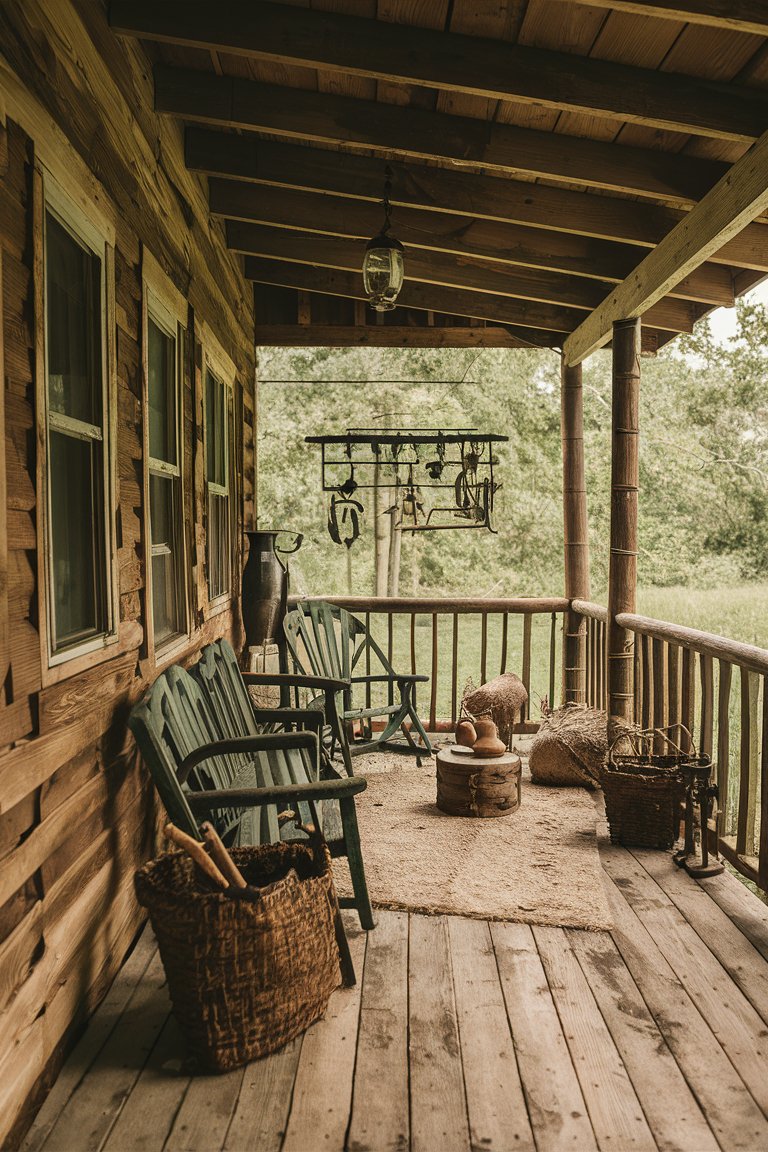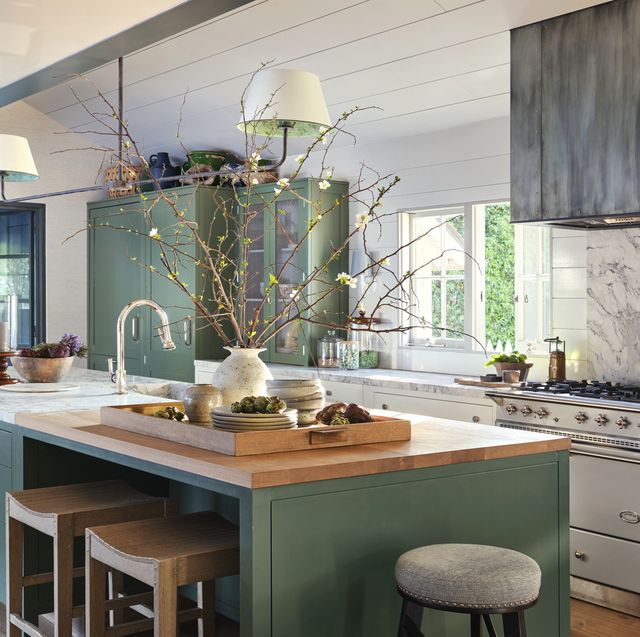13 Japandi Design Ideas with a Detailed Guide
Japandi design is a harmonious fusion of Japanese and Scandinavian aesthetics, creating serene, minimalist interiors. Combining the simplicity and functionality of Scandinavian design with the refined elegance and Zen-like minimalism of Japanese interiors, Japandi offers a timeless style that embraces comfort and natural beauty.
This design style emphasizes balance, clean lines, neutral tones, and natural materials. Whether you’re decorating a small apartment or a spacious home, Japandi allows you to create a peaceful and inviting environment.
1. Minimalism at the Core

Japandi design places minimalism at its heart. Both Japanese and Scandinavian styles value simplicity and the absence of unnecessary clutter. By eliminating excess, spaces feel more open, calm, and purposeful. Minimalism in Japandi interiors is not just about aesthetics—it’s about function and well-being.
- Benefits of Minimalism: A minimalist space reduces stress, provides mental clarity, and enhances productivity. Fewer items mean fewer distractions, making it easier to relax or focus on tasks.
- Aesthetic Choices: Opt for furniture with clean lines and open spaces. Avoid excessive decorations; instead, choose a few statement pieces that reflect the minimalist ethos.
2. Use of Natural Materials

Natural materials are integral to Japandi interiors. From rich wooden furniture to soft linen textiles, these elements bring warmth and texture into your home, grounding the space with an organic feel.
- Wood and Bamboo: Incorporating wooden furniture—especially oak, birch, or bamboo—can create a soothing and natural atmosphere. Bamboo is particularly symbolic of Japanese design, representing strength and flexibility.
- Balancing Elements: Balance the use of natural materials by mixing different textures, such as wood with stone or linen with wool, ensuring that each material enhances the calm, earthy vibe of the space.
3. Neutral Color Palette

Color plays a vital role in Japandi design. The style thrives on neutral tones, drawing from the Scandinavian love for light, airy spaces and the Japanese preference for subdued, nature-inspired hues.
- Shades of Beige and White: Use soft, neutral colors like beige, cream, off-white, and muted grays. These tones enhance the serenity of the room and act as a blank canvas for natural materials and functional decor.
- Earthy Accents: For added depth, incorporate earthy tones such as soft browns, muted greens, and pale blues. These colors bring a subtle warmth without overwhelming the minimal aesthetic.
4. Functional Furniture

One of the cornerstones of Japandi design is functionality. Furniture should not only look beautiful but serve a practical purpose. Multi-functional furniture is key, especially in smaller spaces.
- Space-Saving Solutions: Opt for pieces like foldable chairs, stackable tables, or modular sofas that adapt to different needs. Scandinavian design has always favored practical, efficient pieces, while Japanese interiors often incorporate low, minimalist furniture like tatami mats or platform beds.
- Focus on Craftsmanship: High-quality materials and craftsmanship ensure that each item is both durable and aesthetically pleasing.
5. Clean Lines and Simplicity

Japandi design is celebrated for its clean lines and simplicity, which create a sense of order and harmony within a space. This aesthetic approach emphasizes straightforward designs, devoid of unnecessary ornamentation.
- Simple Forms: Focus on furniture and decor that feature smooth, uninterrupted surfaces and clean geometric shapes. This creates a peaceful environment, as the eye isn’t overwhelmed by excessive detail.
- Visual Harmony: Keep the design consistent throughout the home, ensuring that each room flows smoothly into the next with a cohesive look.
6. Creating Cozy and Inviting Spaces

While minimalism is central to Japandi, so is the Scandinavian concept of hygge, which emphasizes coziness and warmth. Japandi homes should feel inviting, with soft textures and comfortable furniture that create a welcoming atmosphere.
- Adding Warmth with Textiles: Introduce soft furnishings like woolen throws, linen cushions, and plush rugs to soften the look of your space. The use of textiles in Japandi homes strikes a perfect balance between warmth and simplicity.
- Lighting for Ambiance: Layered lighting, such as table lamps with soft, warm bulbs or lantern-style lighting, can enhance the comfort and coziness of your space.
7. Incorporating Nature Indoors

Bringing nature indoors is a common feature in both Japanese and Scandinavian designs. Plants, natural elements, and organic shapes play a significant role in Japandi interiors.
- Japanese Zen Gardens: Incorporate small Zen garden elements like bonsai trees or smooth pebbles to create a peaceful, meditative corner in your home.
- Scandinavian Indoor Plants: Add low-maintenance houseplants such as snake plants, ferns, or succulents. These plants thrive in minimal, natural environments and help purify the air.
- Balanced Natural Environment: Arrange plants and natural elements sparsely to maintain balance and avoid overwhelming the space.
8. Decluttering for a Zen Atmosphere

To achieve the tranquil essence of Japandi design, decluttering is essential. An organized, clutter-free environment promotes a sense of calm and focus.
- Marie Kondo’s Influence: The KonMari method, which encourages only keeping items that “spark joy,” is a perfect complement to Japandi design. Remove unnecessary items to make space for what truly matters.
- Storage Solutions: Use hidden storage solutions, such as built-in cabinets or minimalist shelving, to keep belongings neatly tucked away.
9. Textures and Layers

Though Japandi design values simplicity, layering different textures can add depth and interest to the space.
- Mixing Materials: Combine natural materials like wood, stone, and textiles for a multi-dimensional look. Soft linen curtains, woolen rugs, and wooden furniture create a harmonious blend of textures.
- Layering for Depth: You can also layer rugs or throws to give your room a cozy, lived-in feel while keeping the space grounded in simplicity.
10. Lighting in Japandi Interiors

Lighting in Japandi interiors is both functional and atmospheric. Natural light is prioritized, but the right artificial lighting can create an inviting glow during evening hours.
- Natural Light: Large windows, skylights, or sliding glass doors can flood a room with natural light, connecting the indoors with the outdoor environment.
- Light Fixtures: Opt for minimalist lighting fixtures made from natural materials like wood, ceramic, or paper. Pendant lights, lantern-style lamps, or recessed lighting can enhance the tranquil, airy feel of a Japandi space.
11. Handmade and Artisan Pieces

Japandi values craftsmanship, with a focus on handmade and artisan items. These pieces bring authenticity and character to your home.
- Wabi-Sabi Philosophy: This Japanese concept celebrates the beauty in imperfection. Handmade pottery, woven baskets, or rough-hewn wooden furniture can introduce this element into your home.
- Supporting Artisans: Seek out unique, handcrafted items that reflect the craftsmanship and tradition inherent in Japandi design.
12. Creating Open Spaces

Japandi design embraces open-plan living, which creates a sense of spaciousness and fluidity.
- Importance of Open Layouts: An open-plan layout eliminates unnecessary walls and barriers, allowing for a more flexible and airy space. This layout can make even small homes feel much larger.
- Maximizing Space in Small Homes: Use space-saving furniture and focus on functionality to make the most of a smaller area. Keep the design simple to avoid overwhelming the room.
13. Balance of Aesthetics and Function

At the heart of Japandi is the balance between aesthetics and function. Every item in a Japandi home should serve a practical purpose, but it should also contribute to the overall beauty and tranquility of the space.
- Functional Decor: Pieces should be thoughtfully selected for both their practicality and their design. A sleek, minimalist coffee table, for instance, can serve as both a functional surface and a beautiful centerpiece.
FAQs about Japandi Design
1. What is the Japandi style?
Japandi is a design style that blends Japanese minimalism with Scandinavian functionality and comfort, focusing on simplicity, natural materials, and neutral colors.
2. How do I incorporate Japandi in a small space?
Use space-saving, multi-functional furniture, declutter often, and stick to neutral colors with light, airy textiles to make the space feel larger.
3. Can I add bold colors to Japandi interiors?
Japandi thrives on neutral palettes, but subtle earth tones like muted greens or soft blues can add depth without breaking the minimal aesthetic.
4. Is Japandi design suitable for a family home?
Yes, Japandi’s focus on functionality and comfort makes it ideal for family homes, as it promotes a clutter-free, calming environment.
5. What are the best plants for a Japandi interior?
Indoor plants like snake plants, bonsai, or ferns bring natural beauty into a Japandi space while enhancing the minimalist, Zen-like atmosphere.
6. How can I maintain Japandi design over time?
Keep your space decluttered, regularly update with handcrafted pieces, and focus on quality, sustainable materials to ensure the longevity of your Japandi home.







